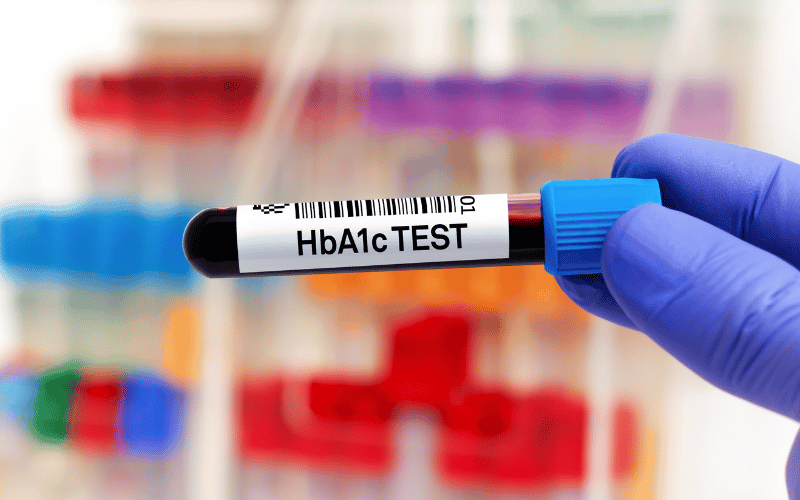Frequently Asked Questions about Glycated Hemoglobin (HbA1c)
Advertisements
 Advertisements
Advertisements
1. What exactly is HbA1c and why is it important in diabetes management?
HbA1c, also known as glycated hemoglobin, is a form of hemoglobin that is chemically linked to a sugar. The higher the level of glucose in the blood, the more glycated hemoglobin forms. It’s a vital component in diabetes management because it provides an average blood glucose level over the past two to three months, offering a long-term view of blood sugar control.
2. How often should I get my HbA1c levels checked?
For individuals living with diabetes, experts generally recommend getting HbA1c levels checked at least twice a year. However, if you’ve recently changed your diabetes management plan or are not meeting your blood sugar goals, your healthcare provider may suggest more frequent testing.
3. Can my HbA1c levels be affected by factors other than blood sugar?
Yes, various factors can influence HbA1c levels. Conditions such as anemia, kidney disease, and certain genetic disorders can lead to inaccurate HbA1c results. It’s crucial to inform your healthcare provider of any such conditions so they can interpret your HbA1c results correctly.
4. Is there a specific HbA1c level I should aim for?
Target HbA1c levels can vary from person to person, depending on factors such as age, the presence of other health conditions, and how long you’ve had diabetes. Generally, an HbA1c level below 7% is a common target, but it’s important to discuss your individual goals with your healthcare provider.
5. Can I use HbA1c testing to diagnose diabetes?
Yes, HbA1c testing is one of the methods used to diagnose diabetes and prediabetes. An HbA1c level of 6.5% or higher on two separate tests indicates diabetes. For prediabetes, HbA1c levels range from 5.7% to 6.4%. However, it’s important to confirm these results with additional testing, as various factors can influence HbA1c levels.
6. How can I lower my HbA1c levels?
Lowering HbA1c levels typically involves a combination of lifestyle changes and medication. This may include adopting a balanced diet, regular physical activity, losing excess weight, and taking prescribed diabetes medications as directed. Regular monitoring and adjustments to your diabetes management plan can also help keep your HbA1c levels within your target range.
Conclusion: Navigating the Journey with HbA1c
In wrapping up our extensive exploration of glycated hemoglobin (HbA1c), it’s clear that this biomarker plays a pivotal role in the diabetes management landscape. From offering a detailed snapshot of long-term blood sugar levels, to being a reliable companion for both patients and healthcare providers, HbA1c stands as a cornerstone in diabetes care.
We’ve navigated through the intricate details of HbA1c, understanding its direct correlation with blood glucose levels and its impact on diagnosing and managing diabetes. The uniqueness of HbA1c lies in its ability to provide a broader picture, moving beyond daily fluctuations to offer a steadier, more reliable gauge of blood sugar control.
The journey with HbA1c is one of precision and reliability. Its significance is undeniable, providing clarity in the often complex world of diabetes management. The nuanced insights gained from HbA1c testing empower individuals to take charge of their health, making informed decisions that pave the way for improved wellbeing.
As we’ve delved into the various facets of HbA1c, it’s evident that this biomarker is much more than just a number. It’s a beacon of insight, guiding the way towards better blood sugar control and, ultimately, a healthier life. The advancements in HbA1c testing and research underscore a commitment to precision, personalization, and progress in diabetes care.
In conclusion, the journey with glycated hemoglobin is a testament to the relentless pursuit of excellence in healthcare. It’s a journey filled with discovery, empowerment, and hope. As we continue to unravel the complexities of diabetes, HbA1c stands as a steadfast ally, illuminating the path towards better health and a brighter future.